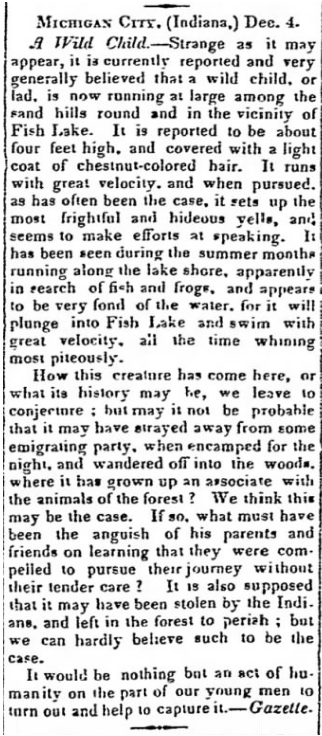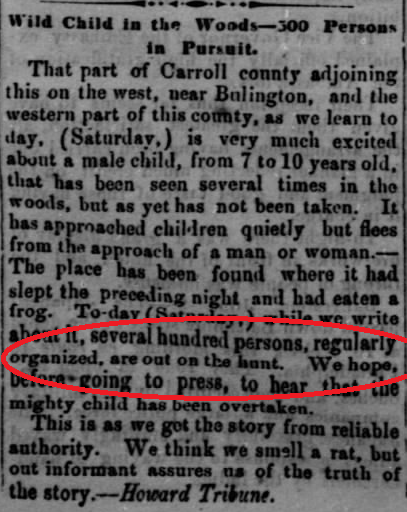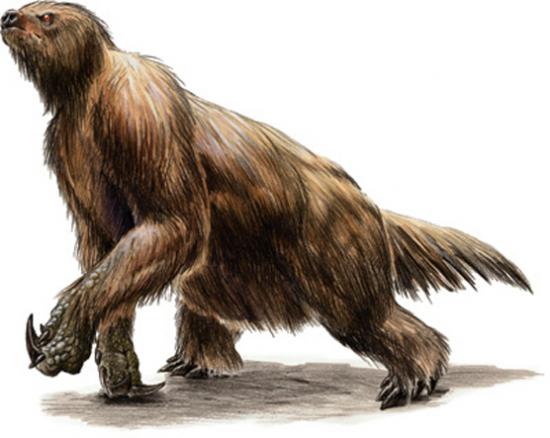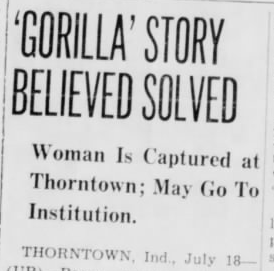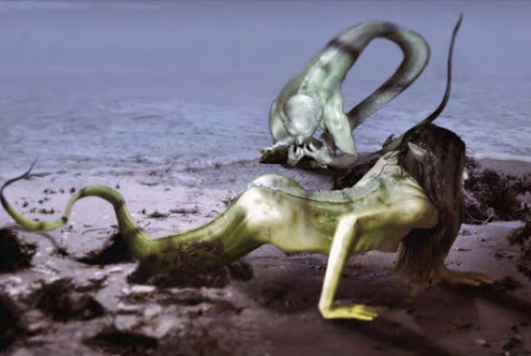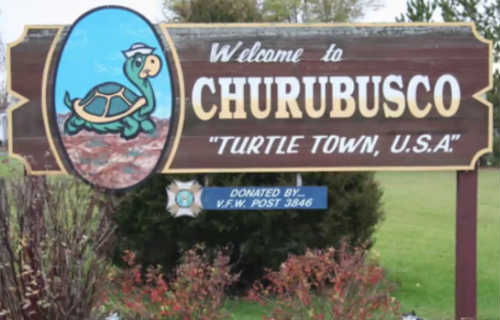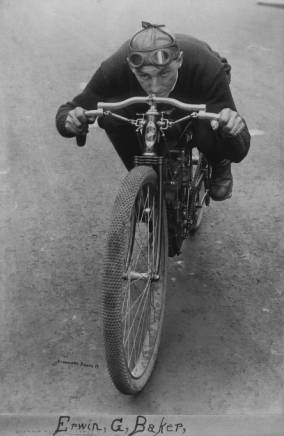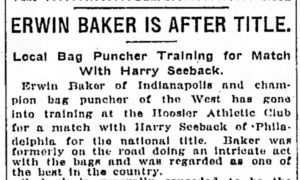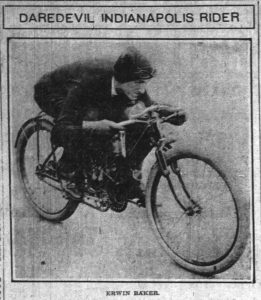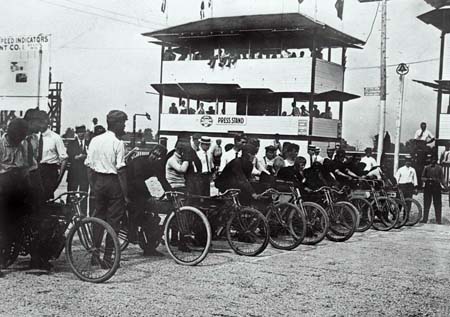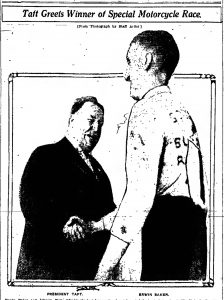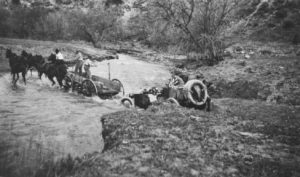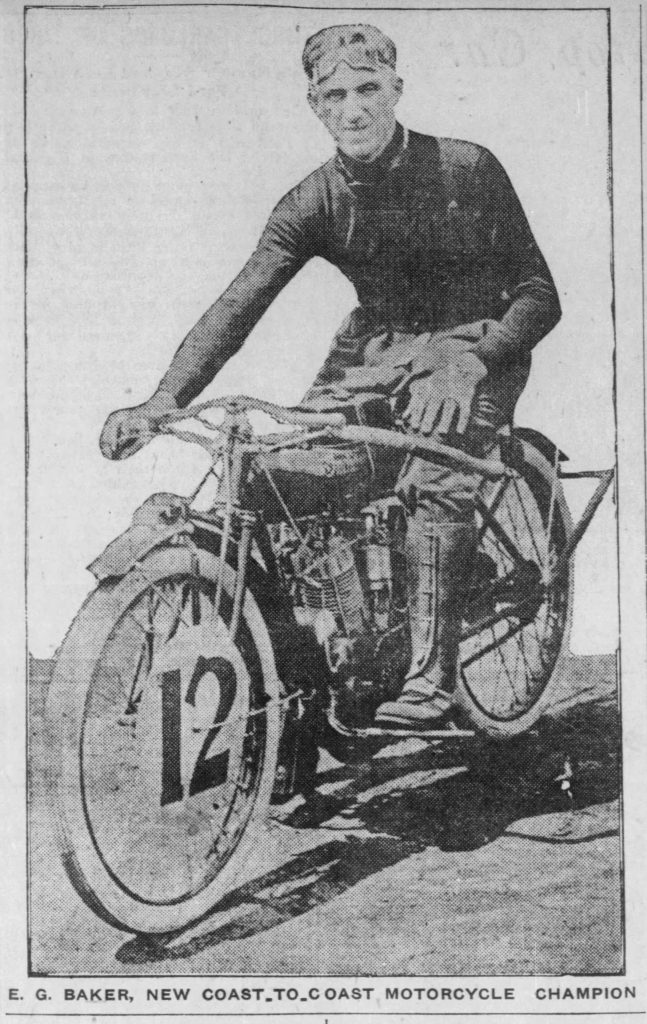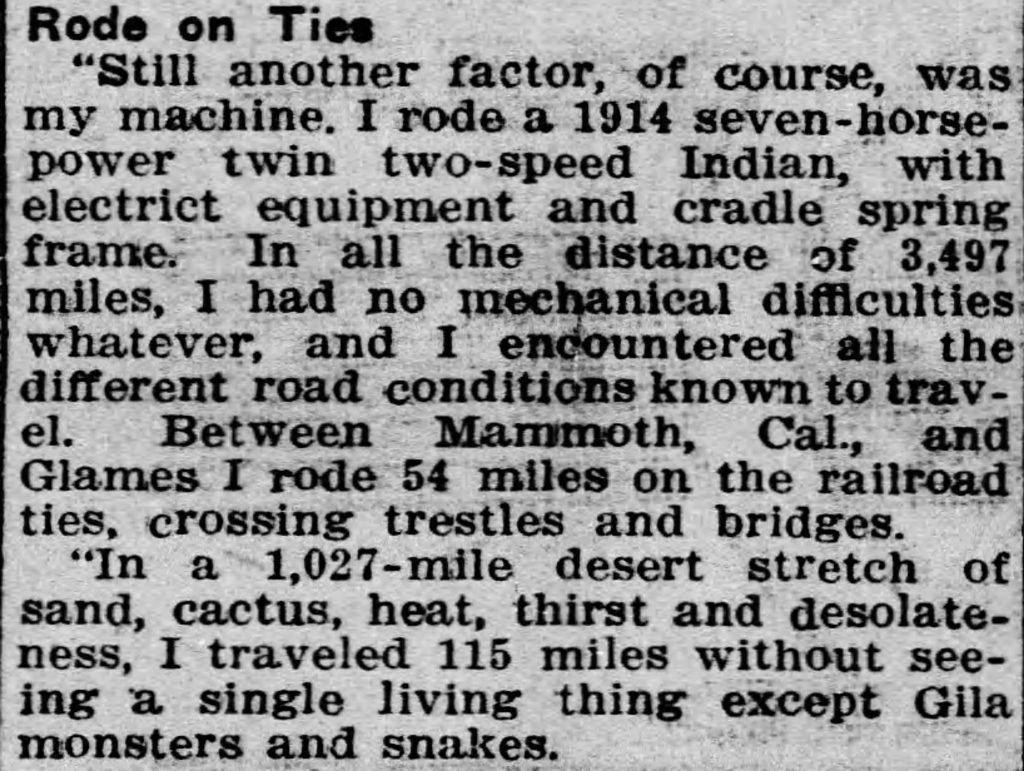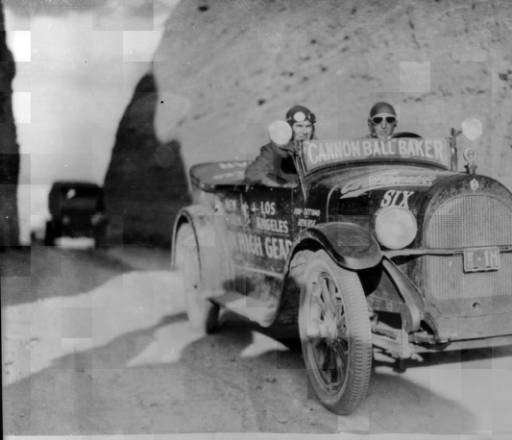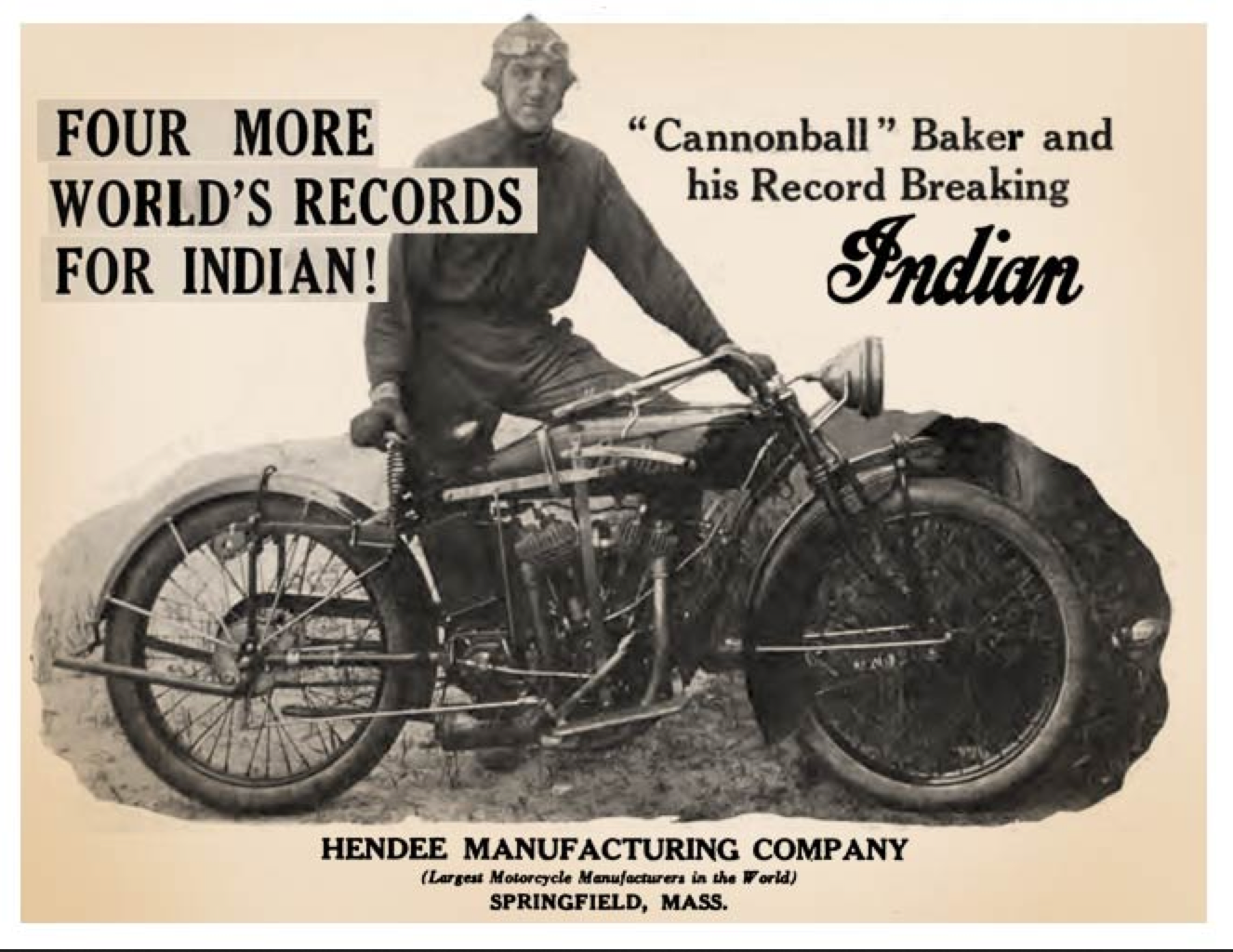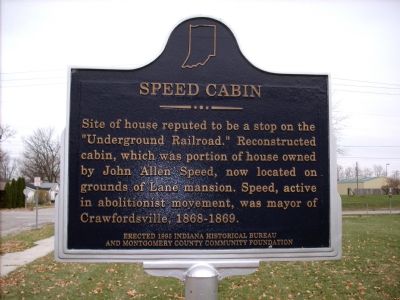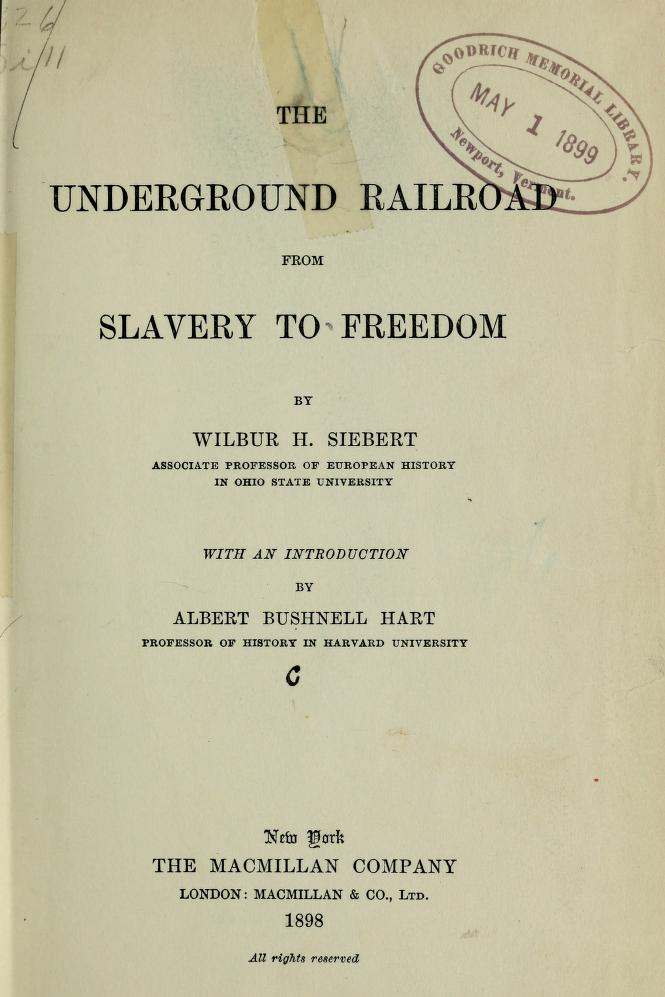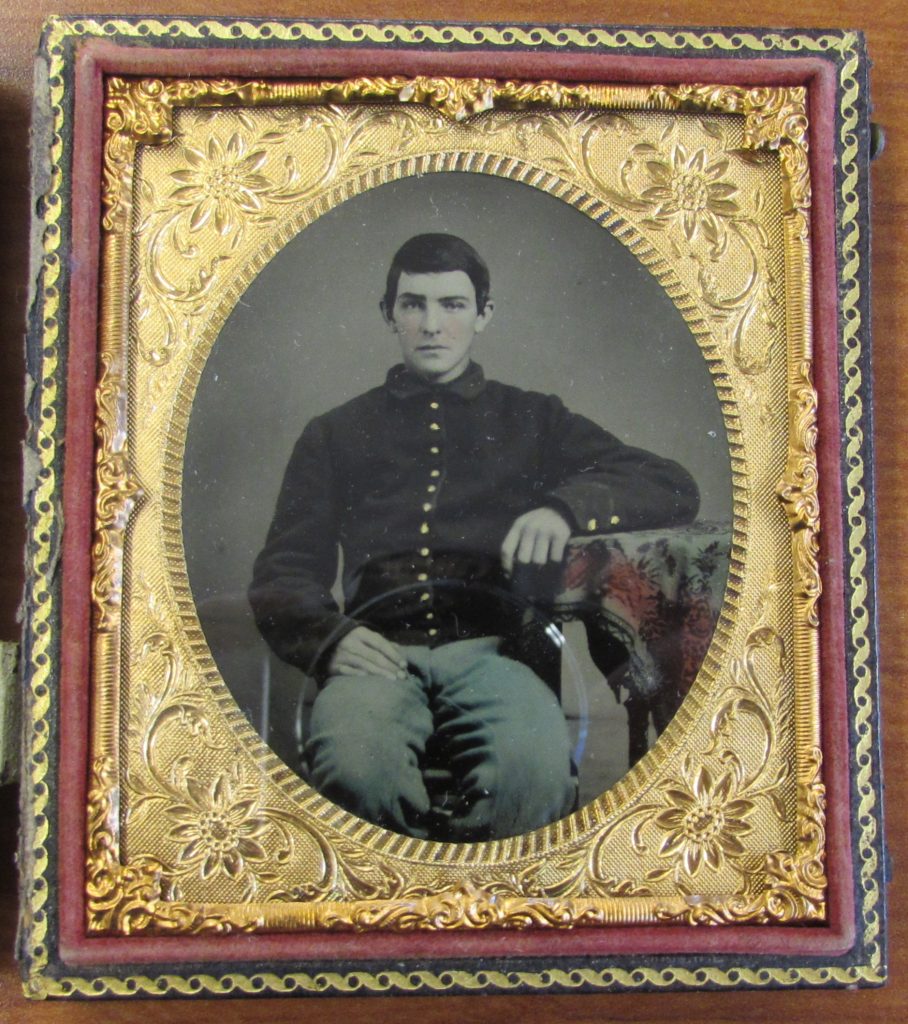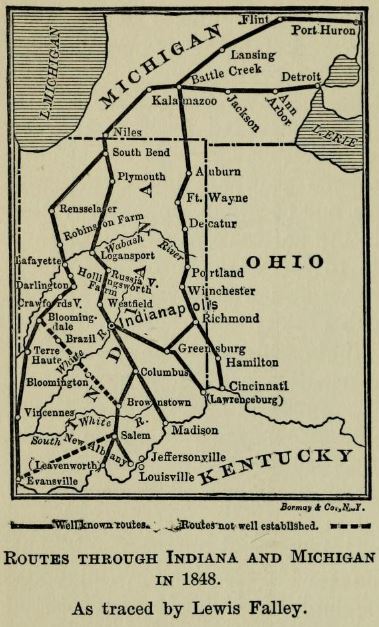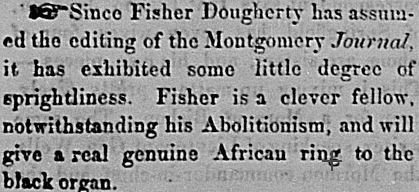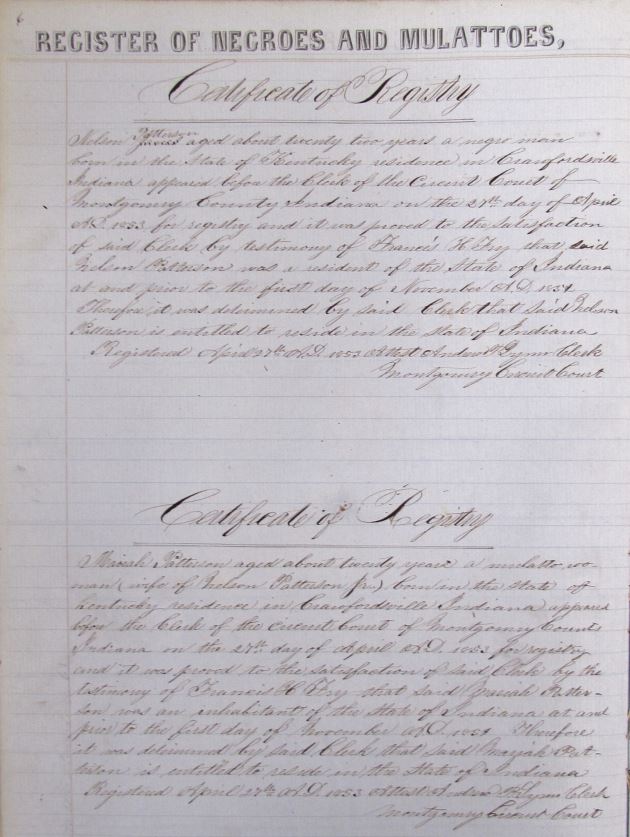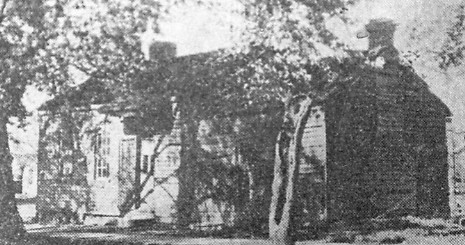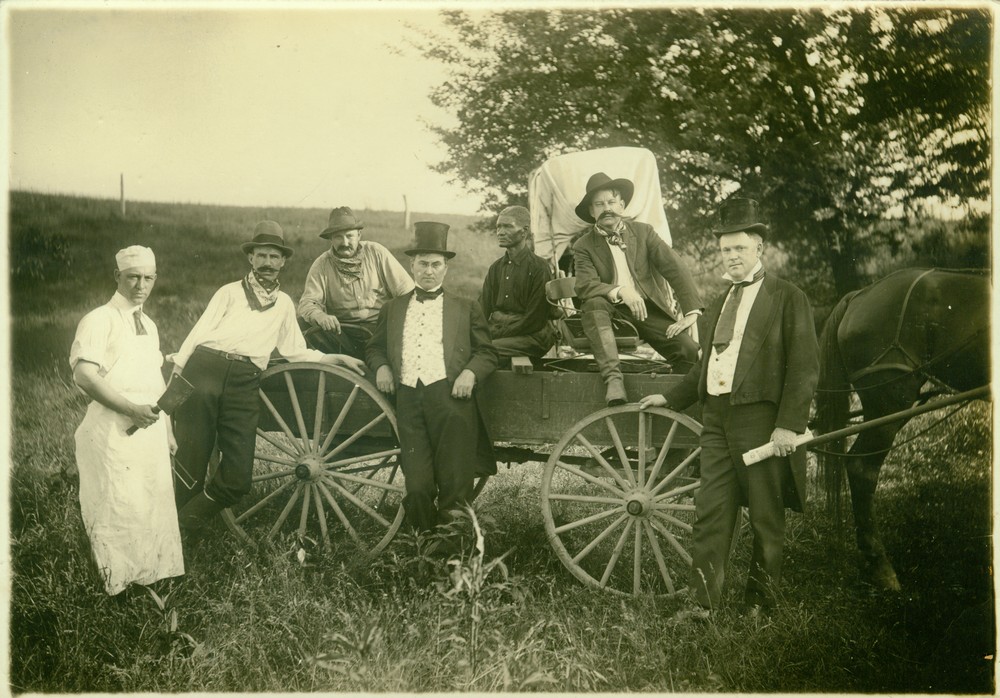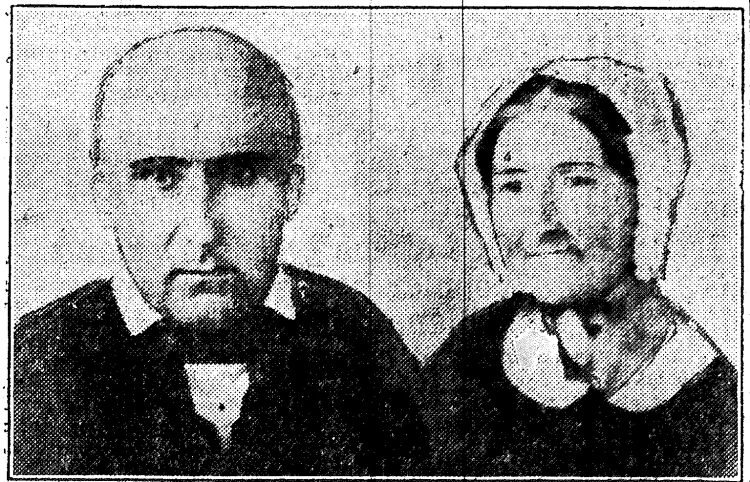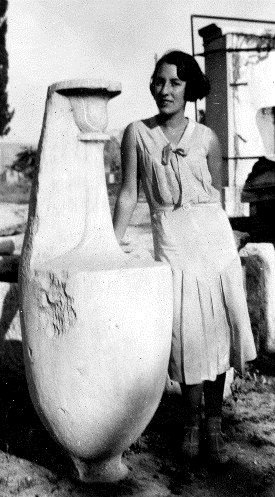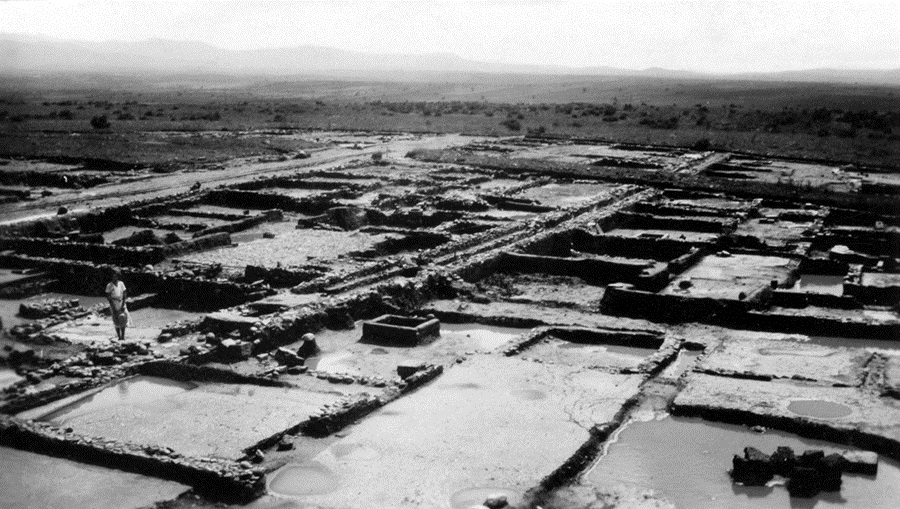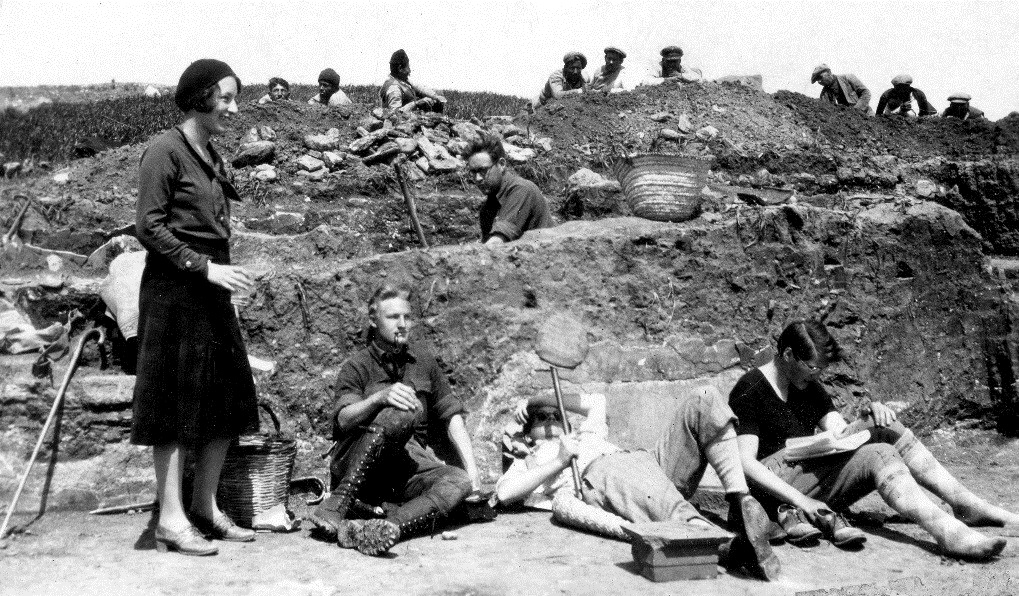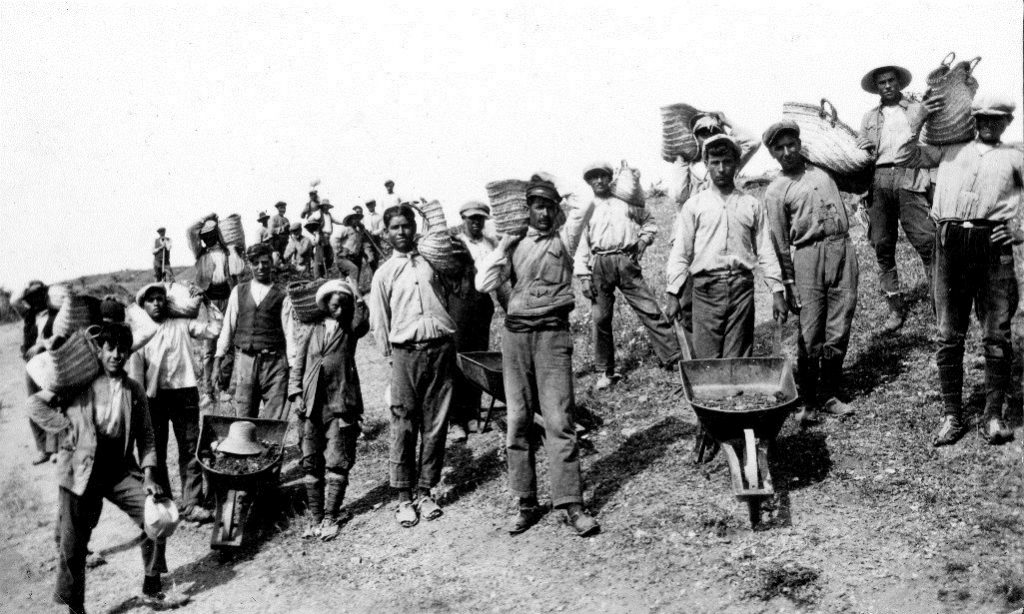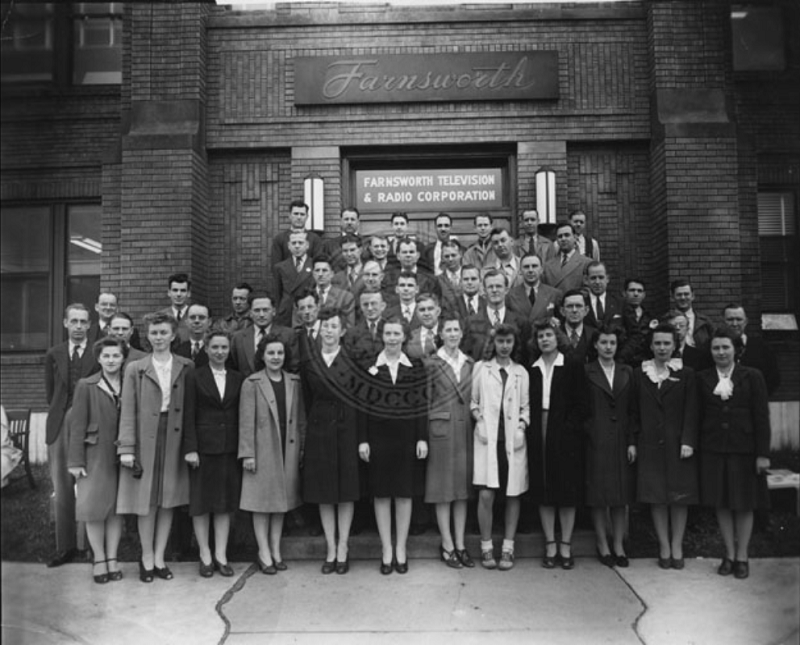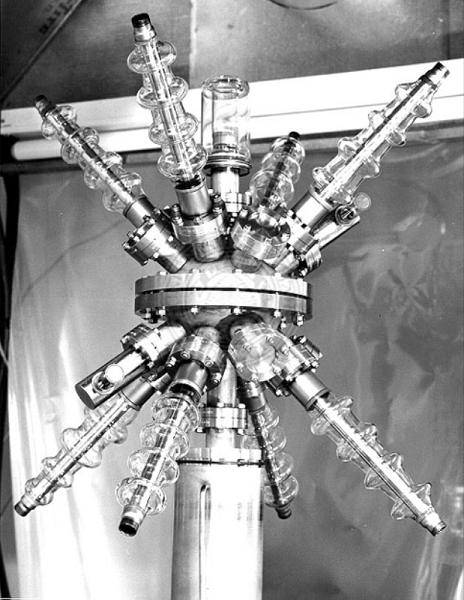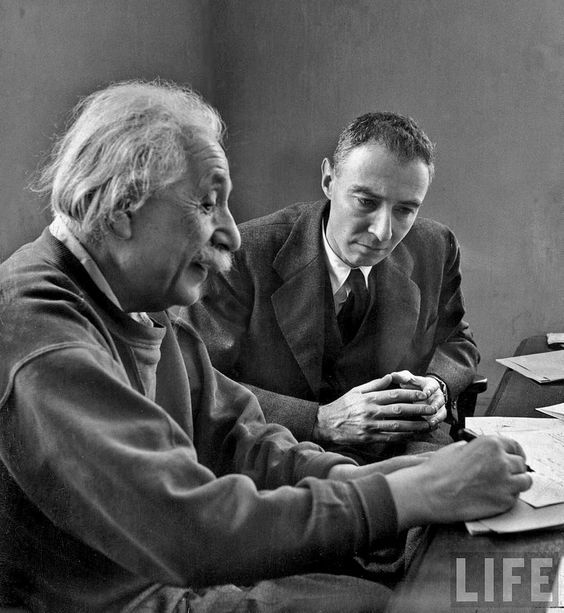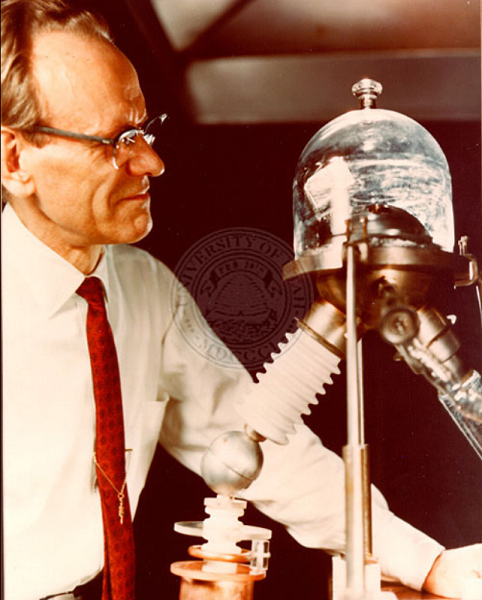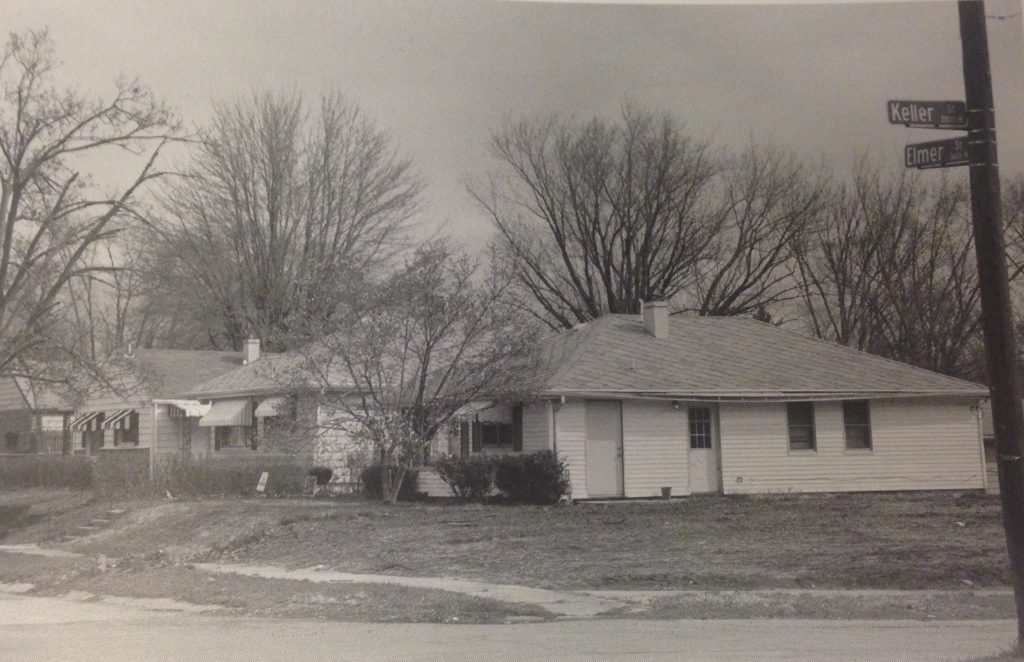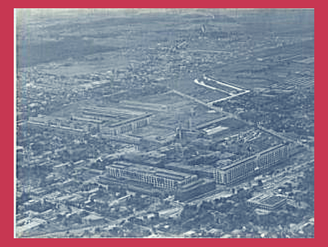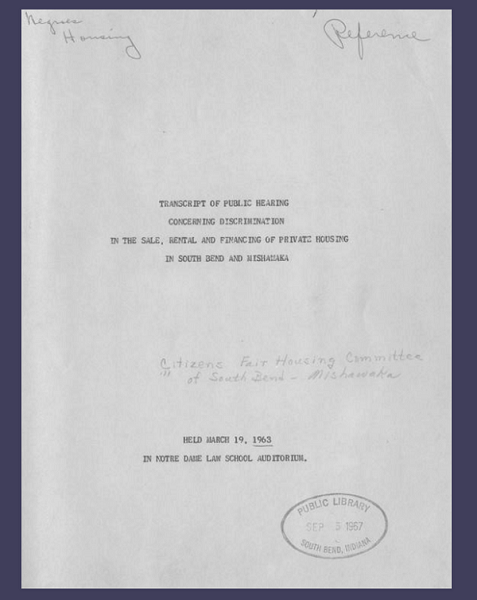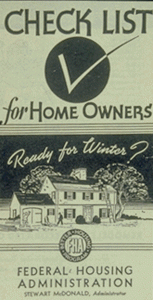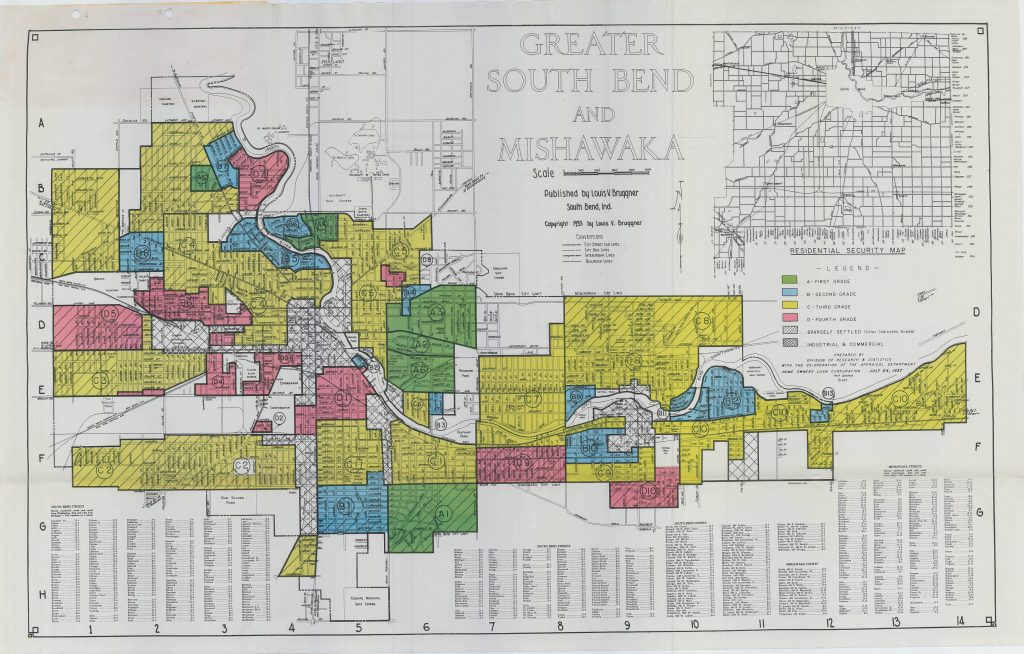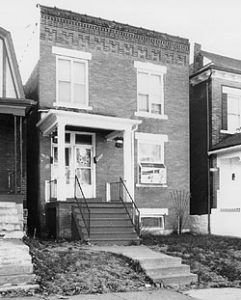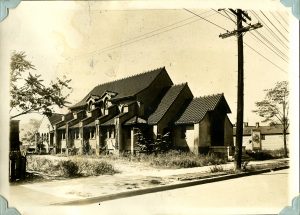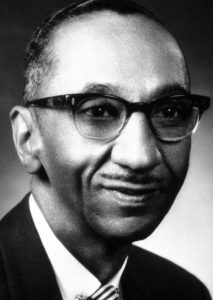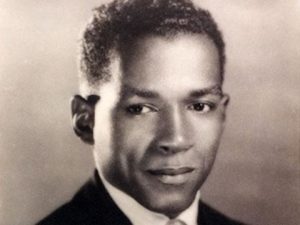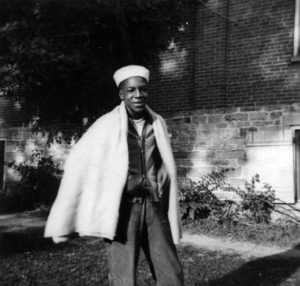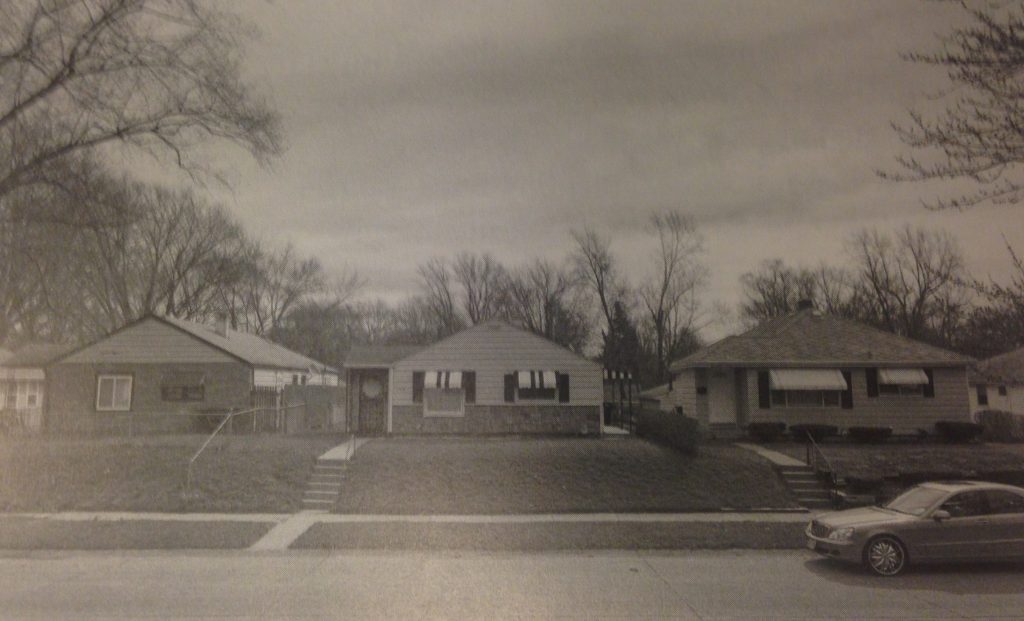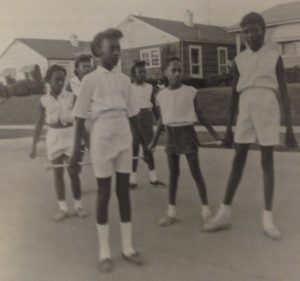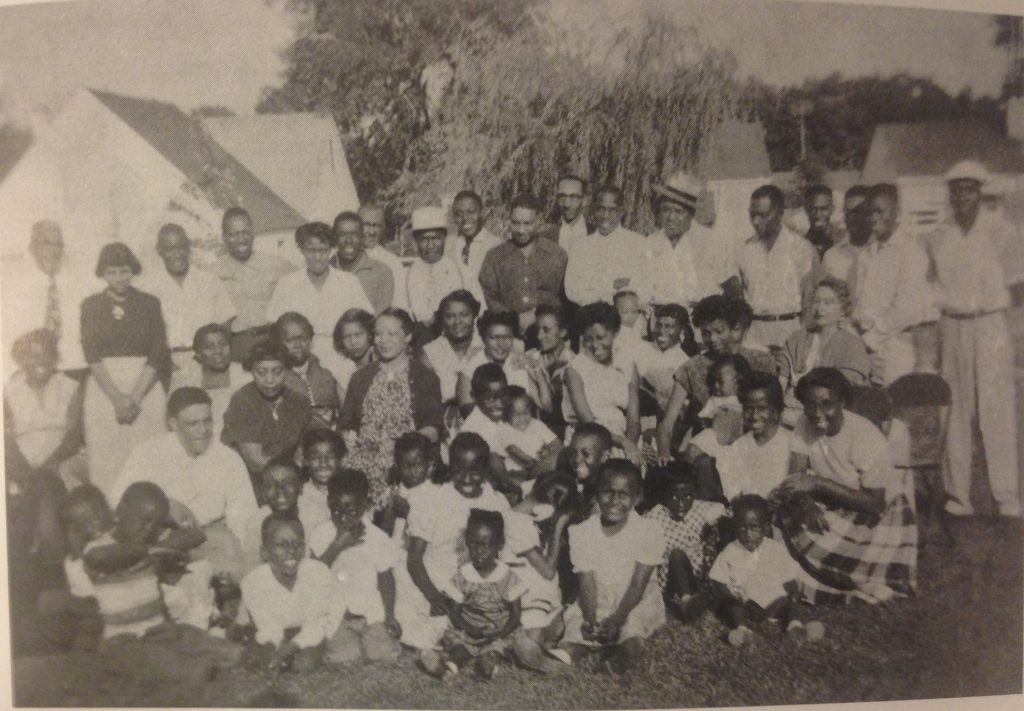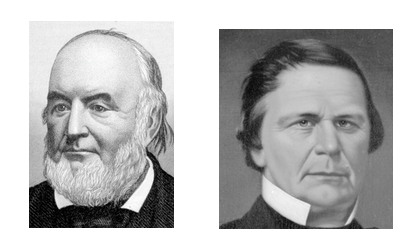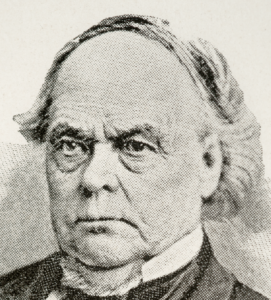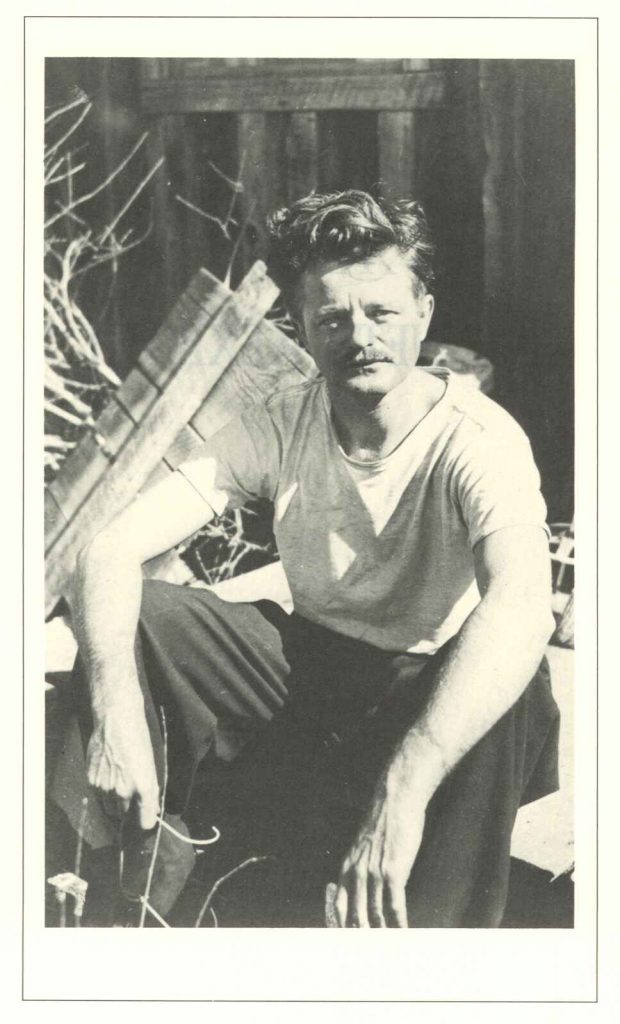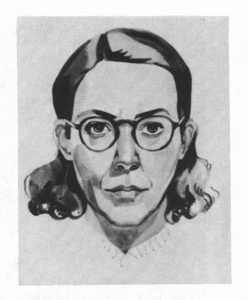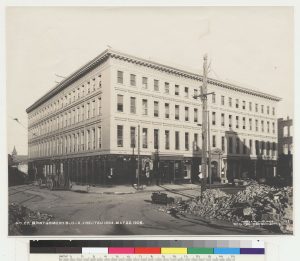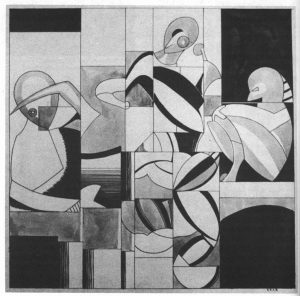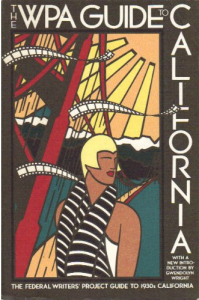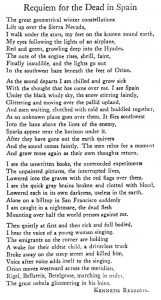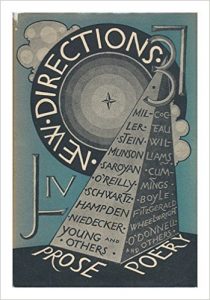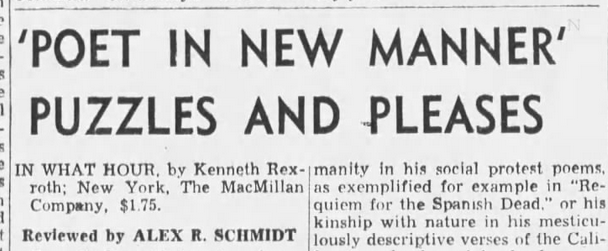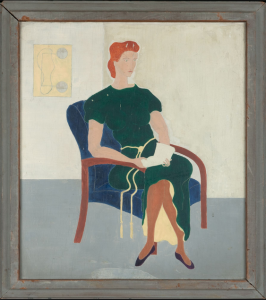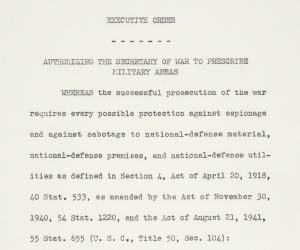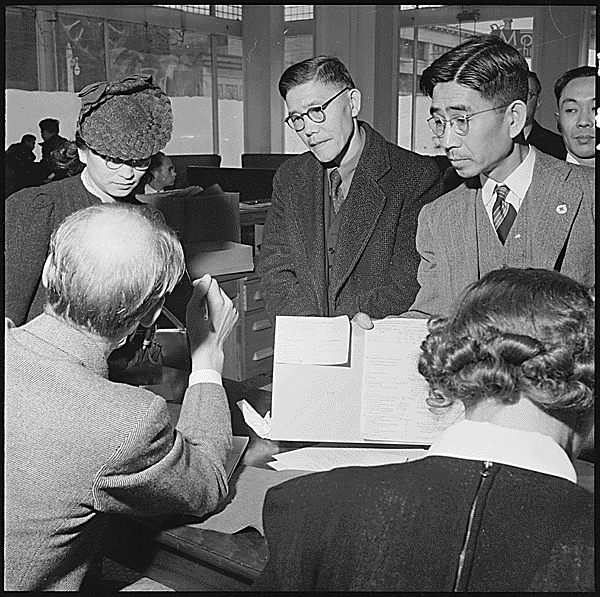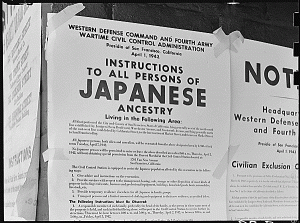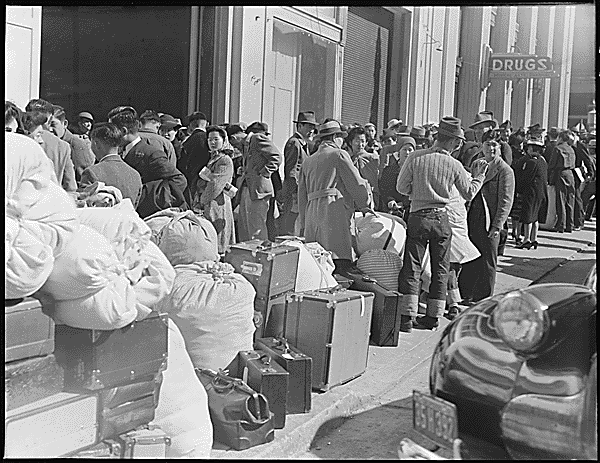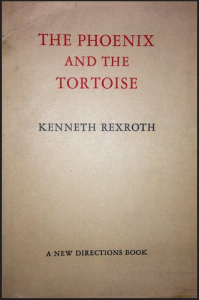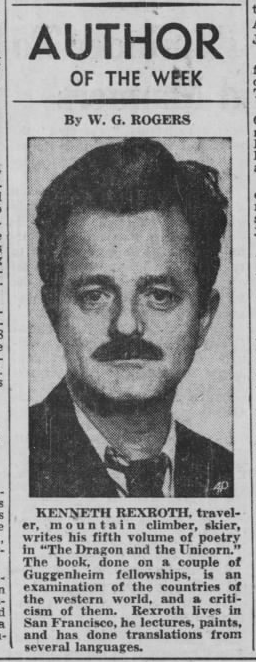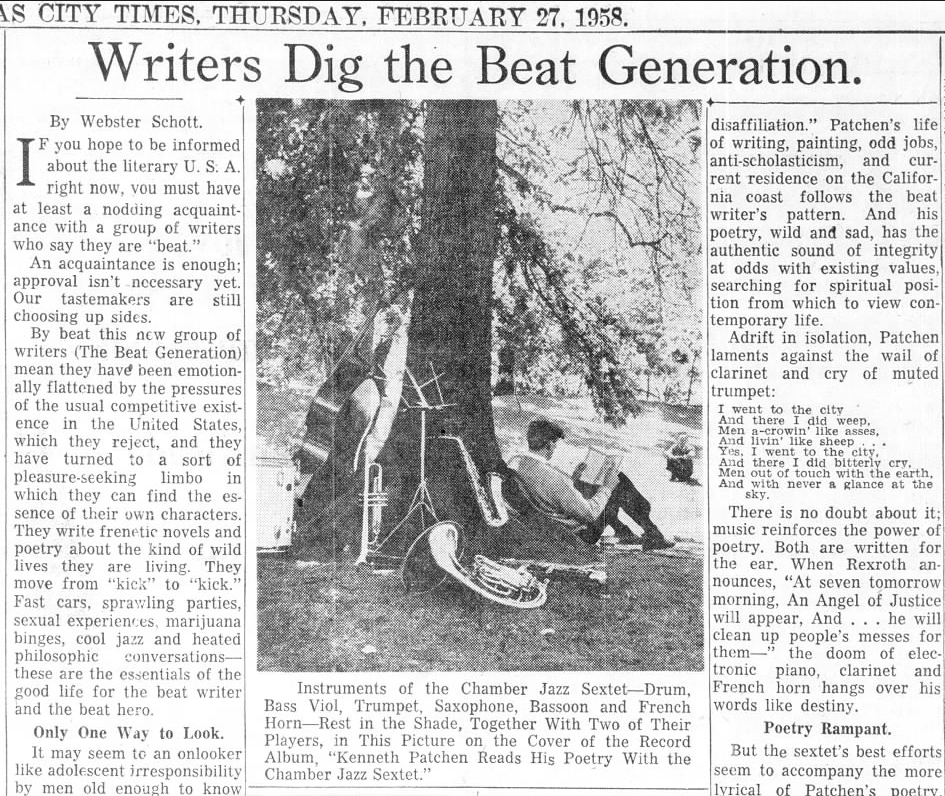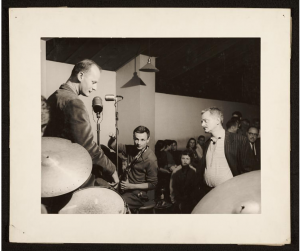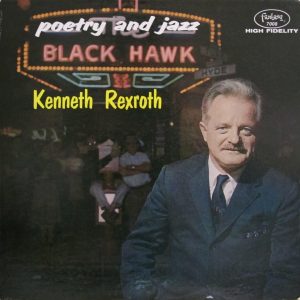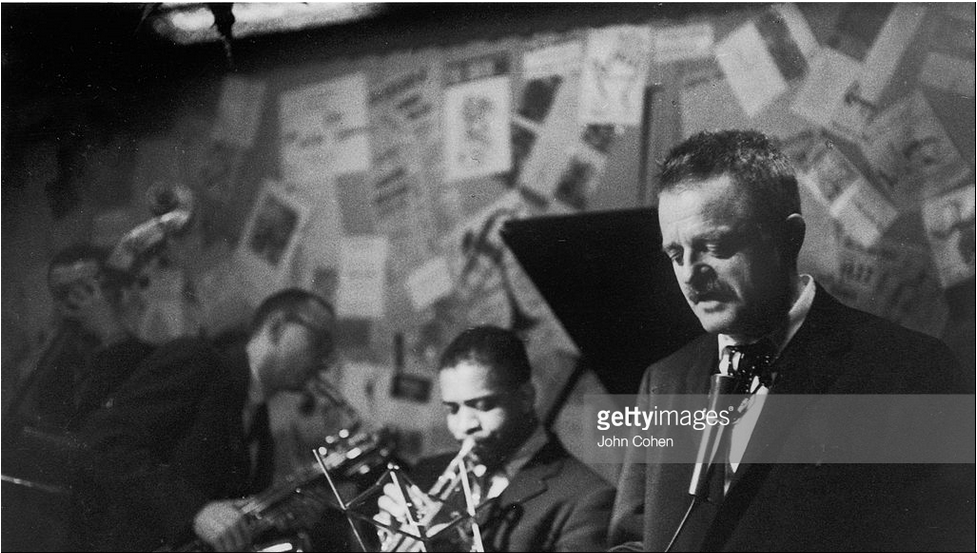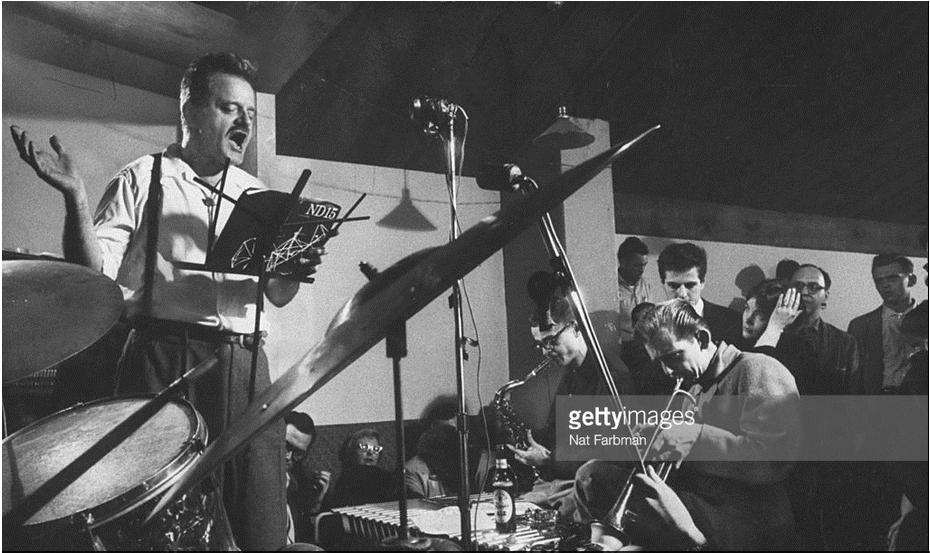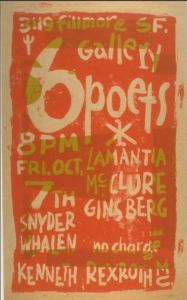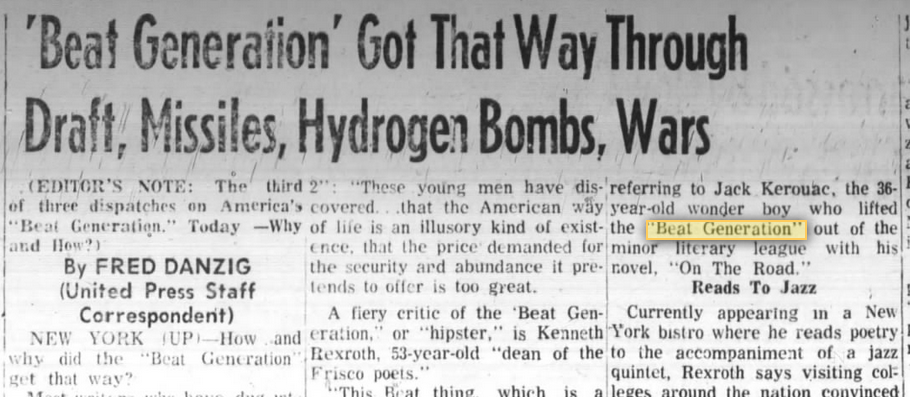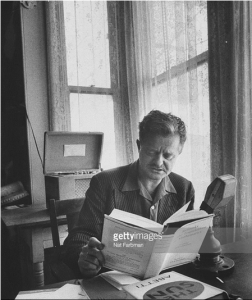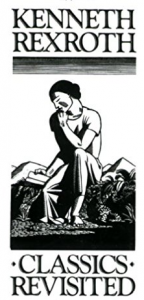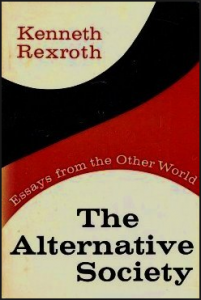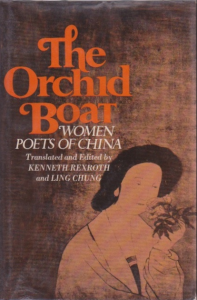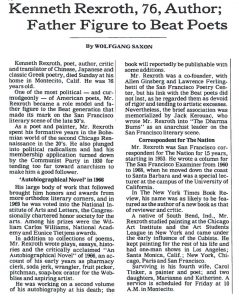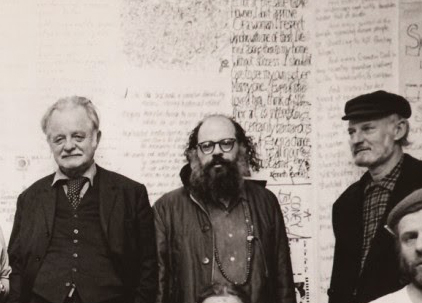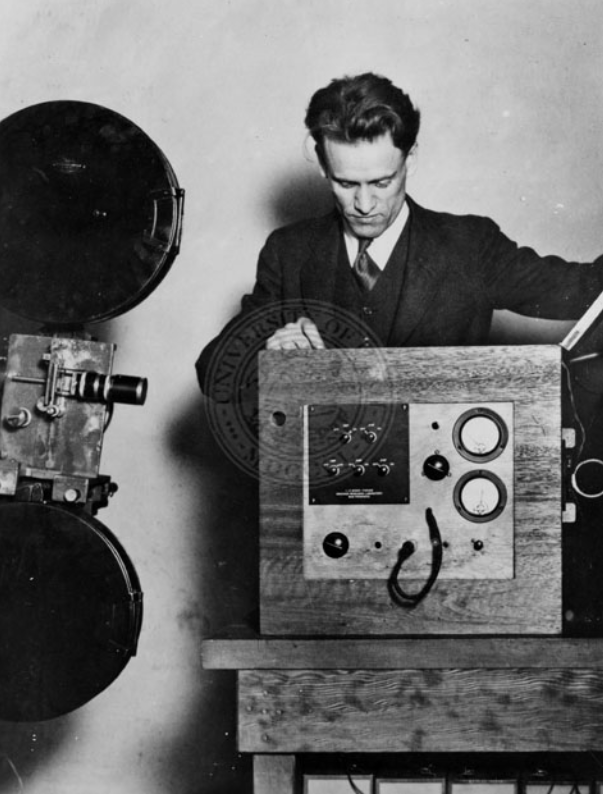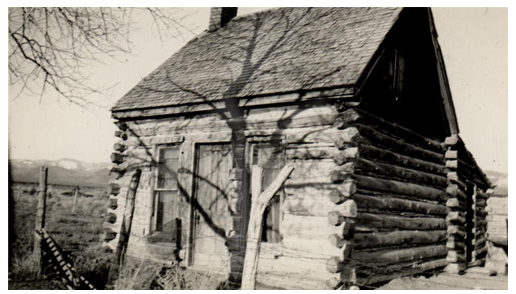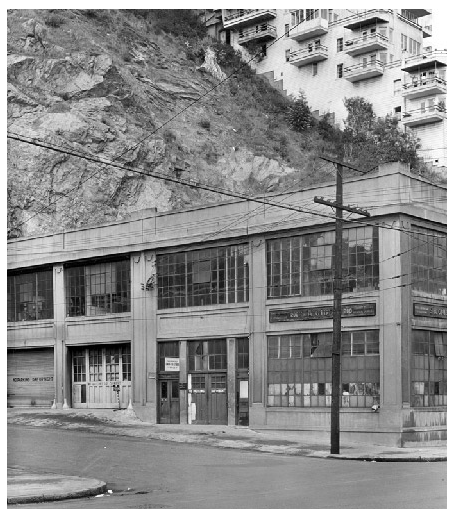In 1954, tiny Milan High School beat the odds, and became Indiana’s high school basketball champion. Writers have told, re-told and immortalized the tale in the 1986 film Hoosiers. Drowned out among the Milan hullabaloo are histories of other and earlier small schools that slew goliaths to win basketball crowns. In 1914, Milan played in its first state basketball tournament and lost in the first round. Their opponent that year was not a big-city juggernaut. Rather, it was the original Indiana basketball version of David: Wingate High School. If Milan is the “greatest basketball story ever told,” then Wingate is the “greatest basketball story seldom/never told.” To help bring their overlooked story to light, here is a survey of Wingate’s championship seasons in 1913 and 1914.
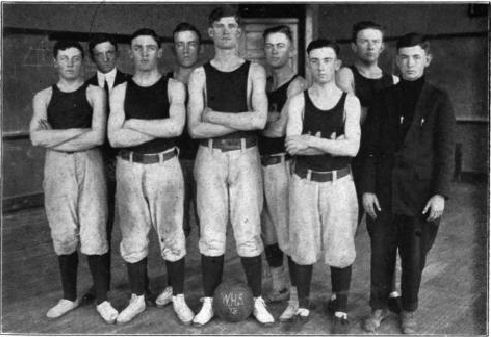
Tucked away in the northwest corner of Montgomery County, Wingate’s 1910 population was 446. The recently consolidated Montgomery County schools discarded the inefficient one-room school models, and Wingate High School now boasted a student body of 67, of whom 22 were boys. From this small pool, Coach Jesse Wood selected a basketball team comprised of forwards Leland Olin, and Forest Crane, guards John Blacker and Jesse Graves, and Homer Stonebraker at center, with substitutes Lee Sinclair and McKinley Murdock.
Wingate had a notable disadvantage in fielding a basketball team. They had no gymnasium. Coach Wood conducted practices in “a small room in the southwest corner of the basement,” or “outdoors when the weather permitted.” Twice a week the coach and his squad would travel six miles to New Richmond, which was the nearest gym in the county. (Ironically, seventy years later would act as the backdrop for the town of Hickory in Hoosiers). Wingate would also play its “home” games at New Richmond, although they played most of their scheduled games on the road. They logged 576 miles during the 1912-13 season and 1,675 miles of travel during the 1913-14 season. They did most of their travel via trains and interurbans.
While Wingate had the disadvantage of being “gym-less,” they had a couple advantages. Wood was a very good coach. A former basketball player at Indiana State Normal (now Indiana State), he took a program that was only playing against other small, nearby schools, and started scheduling truly competitive games against recent state champions Crawfordsville and Lebanon. Wood also unlocked the potential in a lanky, sophomore without previously playing experience. He molded the boys’ innate ability and skill into a dominant and transcendent athletic talent with a name to match: Homer Stonebraker. Newspaper accounts frequently reported, “Stonebraker was practically the whole team at Wingate.”
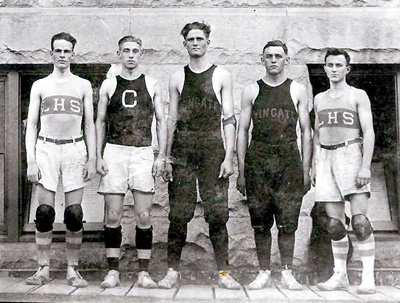
Wingate finished the 1912-13 season with an impressive 16-4 record. Among their many victories were games against Romney, Hillsboro, Odell, Linden, Breaks, Waveland, Crawfordsville’s B team, Covington, Roachdale, Greencastle, Colfax, and Cayuga. In the Hillsboro game, Stonebraker contributed 74 points in a one hundred-point blowout. Wingate’s four losses on the season came in the form of two losses to Crawfordsville, a loss to defending state champion Lebanon, and a one-point loss to Thorntown.
In previous years, the team, high school, and community would have taken pride in their record, but moved on to thinking about baseball and crop planting. However, Indiana high school basketball in 1913 was different. For the first time, the state tournament was open to all challengers. Wingate was among thirty-seven teams that entered the two-day tournament held at Indiana University’s campus on March 14 and 15.
Wingate arrived in Bloomington “unnoticed and practically unheard of.” A reporter from the Indianapolis Evening Sun optimistically assessed, “Over two- thirds of the people attending the tourney did not know where [Wingate] is situated.” The reporter then proceeded to misplace it forty miles away near Frankfort. Indiana University’s Daily Student was even worse at geography and placed Wingate in Grant County.
Between 1,500 and 2,000 fans attended the opening rounds of the 1913 tournament, but fewer than fifty showed up to watch Wingate’s opening contest against Whiting, which many pundits believed would be a “walk-away” for Whiting. However, “in a slow game void of spectacular features” Wingate defeated Whiting 24 to 12. That evening, Wingate defeated Rochester, a perennial tournament favorite, in a sudden death overtime in which Stonebraker caged the winning goal.
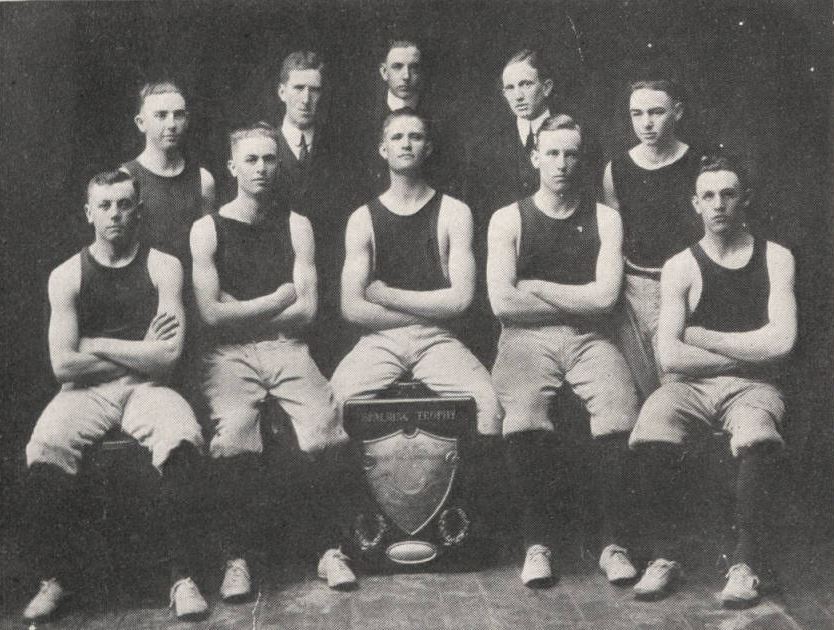
On Saturday morning, March 14, the Wingate team arose to meet Indianapolis’ Manual Training High School. It appeared in the first half that the city boys would end the country boys’ run, as Wingate fell woefully behind 11-2 at intermission. Nevertheless, “the plucky bunch from Montgomery County” rebounded in the second half, and outscored Manual 14-0 for a 16-11 upset.
By defeating Manual, Wingate advanced to the semi-finals along with Crawfordsville, Lafayette Jefferson, and South Bend. Wingate again played underdog to the heavily favored Jeff squad, but Wingate never trailed in the contest and defeated the Tippecanoe team, 23-14. On the opposite side of the bracket, South Bend easily dispatched Crawfordsville, 19-11, which set up the first David v. Goliath contest in Indiana high school basketball tournament history.
As the two finalists ran out onto the floor for the game before 3,000 spectators, the crowd welcomed the South Bend boys “with tremendous applause” while the reception Wingate received was “cool and indifferent.” The game started slowly as both teams stressed defense more than offense. Late in the game, Wingate held a 13-12 lead before South Bend tied the game with a free throw to send it into overtime. Just like the Rochester game, the first team to score two points in overtime would be the winner. South Bend scored first with a free throw. Then for eight minutes, neither team succeeded in scoring until “the unexpected happened.” Wingate forward Forest Crane eluded his defender and caged the winning field goal. With the shot, the originally tepid crowd erupted “in the wildest enthusiasm” for Wingate. The Indiana University Booster Club awarded the tournament trophy to Wingate, and praised their endurance, “superb physical condition,” and “sheer pluck and aggressiveness.”

Wingate’s victory gave the team a statewide celebrity that carried on into the next season. Even though the team lost Forest Crane to graduation and Coach Wood left for a job at Rockville High School, they returned four of their starters including Stonebraker. New coach Leonard Lehman immediately began fielding requests for games from all over the state. Challengers were eager to test their mettle against the defending state champions.
Wingate opened the 1913-14 season without facing any quality competition. Over the first third of the season, against Williamsport, Cutler, Advance, Rockville, and Waveland, they averaged 40 points, and held their opponents to 16.5. At mid-season, Wingate stumbled in a schedule designed to test them against strong teams. They lost four straight against Lebanon, Thorntown, Bloomington, and Anderson, which dropped their overall record to 7-4.
It may have been hard to see the silver lining in the midst of a four game losing streak, but the Indianapolis News offered an encouraging and reasoned assessment of Wingate’s recent record: “It should be remembered . . . that the champs have played all these games on strange floors and have lost none of them by more than four points.” The News still counted Wingate among six front-runners for the championship.
After the mid-season slump, Wingate closed the regular season strong, and went 6-1 over their final games. Wingate compiled a 13-5 record on the season, in which they averaged 38.3 points per game while outscoring their opponents by an average of twenty-one points a game. According to extant newspaper box scores and game accounts, Stonebraker averaged a very impressive 25 points a game. While their record was not as stellar as the 1912-13 season, they played a much more difficult schedule. That fact and playing over 80% of their games on the road made them one of the better-prepared teams entering the state tournament.
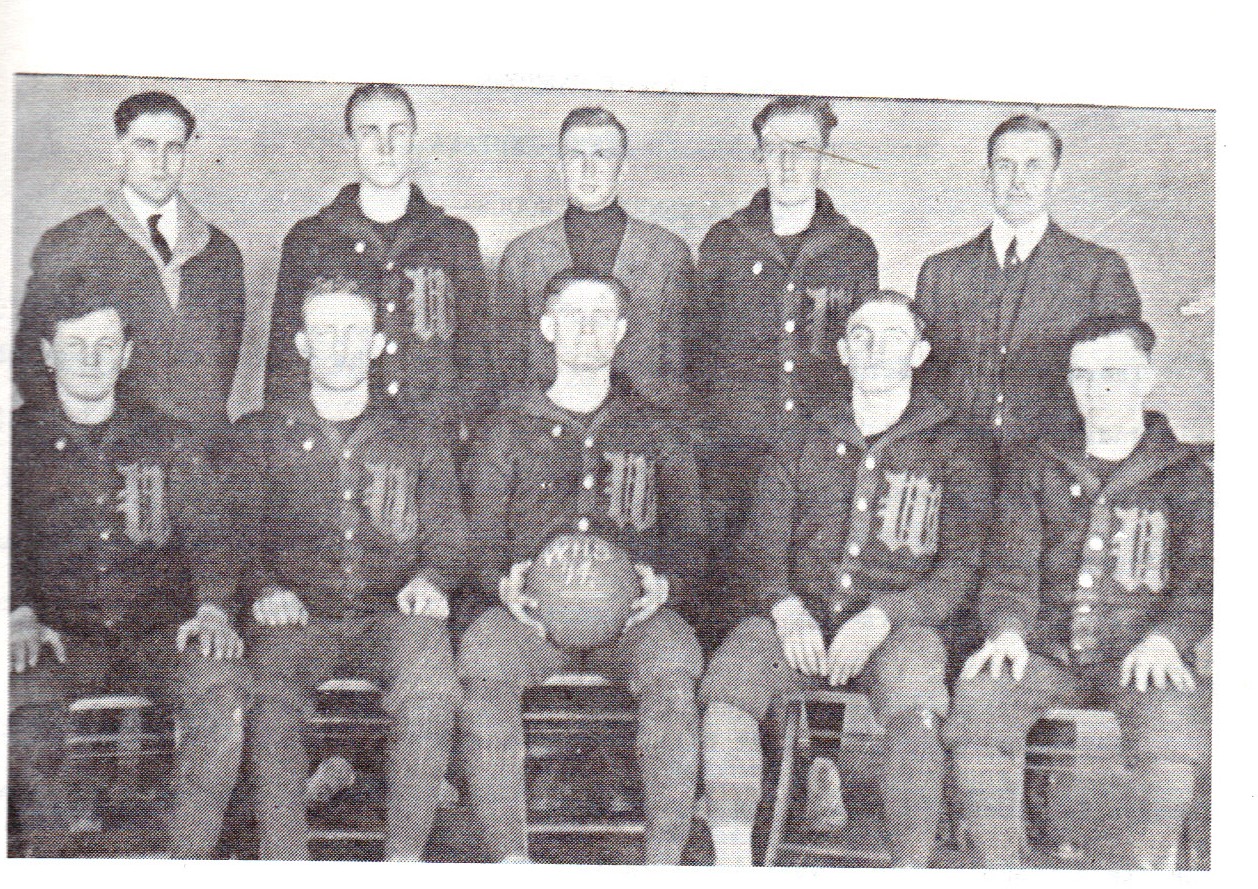
Tournament participation in 1914 ballooned to seventy-five entries in 1914, up from thirty-eight schools in 1913. Wingate’s team was the first to arrive at Indiana University for the March 13-14 tournament, and expected to be the last one to leave. Wingate’s title defense started at 10 a.m. on Friday against Milan High School. However, there was no Milan Miracle in ’14, and Wingate easily dispatched their fellow small-town foe, 42-14. Wingate played their second round game at 8 that evening against another small-town team from Westport, which they also easily rolled past, 42-13.
Wingate’s team likely expected their next opponent to be more challenging than their first two, when they squared off against Montgomery County rival Crawfordsville at 8 o’clock the next morning. Crawfordsville, however, failed to exhibit any winning qualities as Wingate defensively smothered them in a sometimes-testy 24-1 rout.
Up next for Wingate was another familiar foe in Clinton. In the regular season, they defeated Clinton, 23-12, but the rematch would prove a much greater challenge. The standing room only crowd witnessed a “neck and neck tussle,” and one of the most competitive games of the tournament. Clinton, as the underdog, played with the crowd behind them. Clinton managed to control the lead from the opening tip. They led 8-6 at half time, and 13-12 with two minutes left in the contest. The crowd was ready to “bust with delight” over the upset. In a bit of controversy, and with 120 seconds left on the clock, “A Wingate guard either was hurt or pretended to be.” Officials granted Wingate an extended time out as the player tried to recuperate. Some Clinton fans said it was a charade, and charged that some of the uninjured Wingate players received rubdowns from a special trainer during the five-minute time out. When the game resumed, Wingate’s defense clamped down and Stonebraker scored five unanswered points to secure a 17-13 victory. In the victory, Stonebraker accounted for all of Wingate’s points.
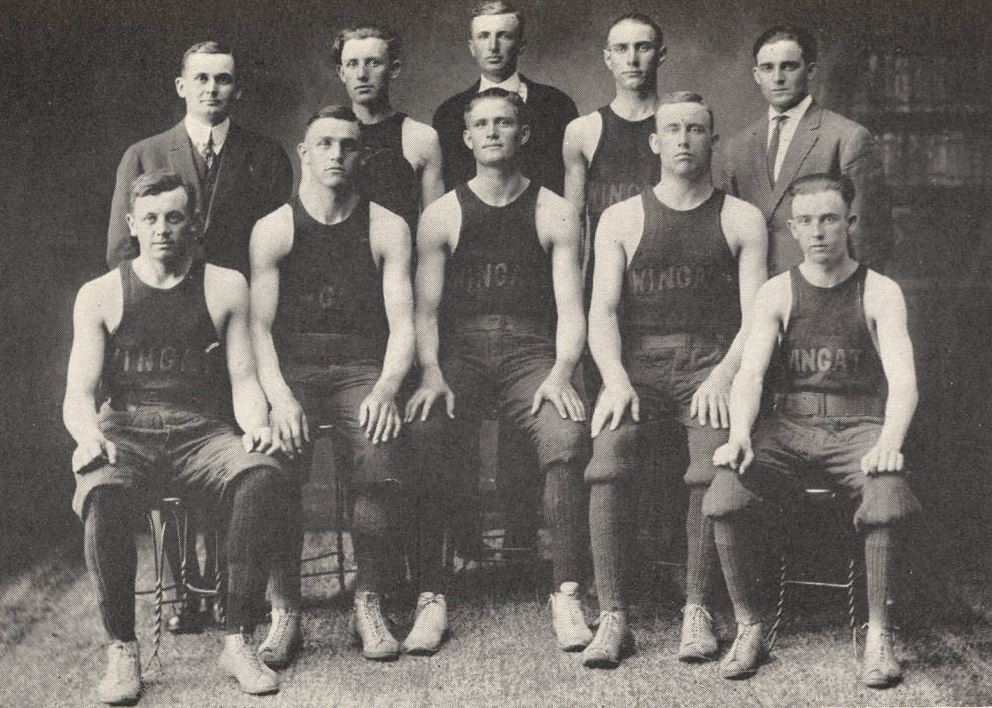
At this point in the tournament, only three teams remained (the product of having an irregular number of teams in the tournament): Anderson, Lebanon, and Wingate. “Battered and bruised and well nigh exhausted,” Lebanon took the floor to face the defending champions. By all accounts, Lebanon’s quintet gave all they could in the game. They fell behind Wingate 8-4 at half time. Wingate extended their lead after intermission to secure a 14-8 win.
Anderson versus Wingate in the championship game was a study in contrasts. Anderson had the seventh largest population in the state with 22,476, or, in other words, 22,000 more people than lived in Wingate. Despite this demographic discrepancy, Wingate’s players were taller and heavier than their opponents were. The sum of all these elements, in addition to the closely played, regular-season game between these teams, promised a compelling championship contest. Yet the end result failed to meet expectations.
4,000 fans packed the Men’s Gymnasium an hour before the game’s 8 p.m. tipoff. With only two hours rest, Wingate “started as fresh as if it were their first game and never slowed down.” Wingate forward Lee Sinclair scored the first field goal within the first thirty seconds. Wingate surged out to an early 12-1 lead. The “stellar work” of Wingate’s guards monopolized the game’s possessions, and “handled the ball with ease over the heads of the smaller Andersonians.” Wingate went into half time with a twenty-point lead, 23-3. Anderson came out of the break and scored two quick goals. After that spurt, Wingate closed the game on a 13-1 run to win the lop-sided championship 36-8. Stonebraker, who accounted for half of his team’s points, collapsed from exhaustion near the end of the game. He recovered enough to finish the contest, but remembered later, “I couldn’t dress after the game. I had two broken fingers and three broken ribs. It was rough under the basket.”
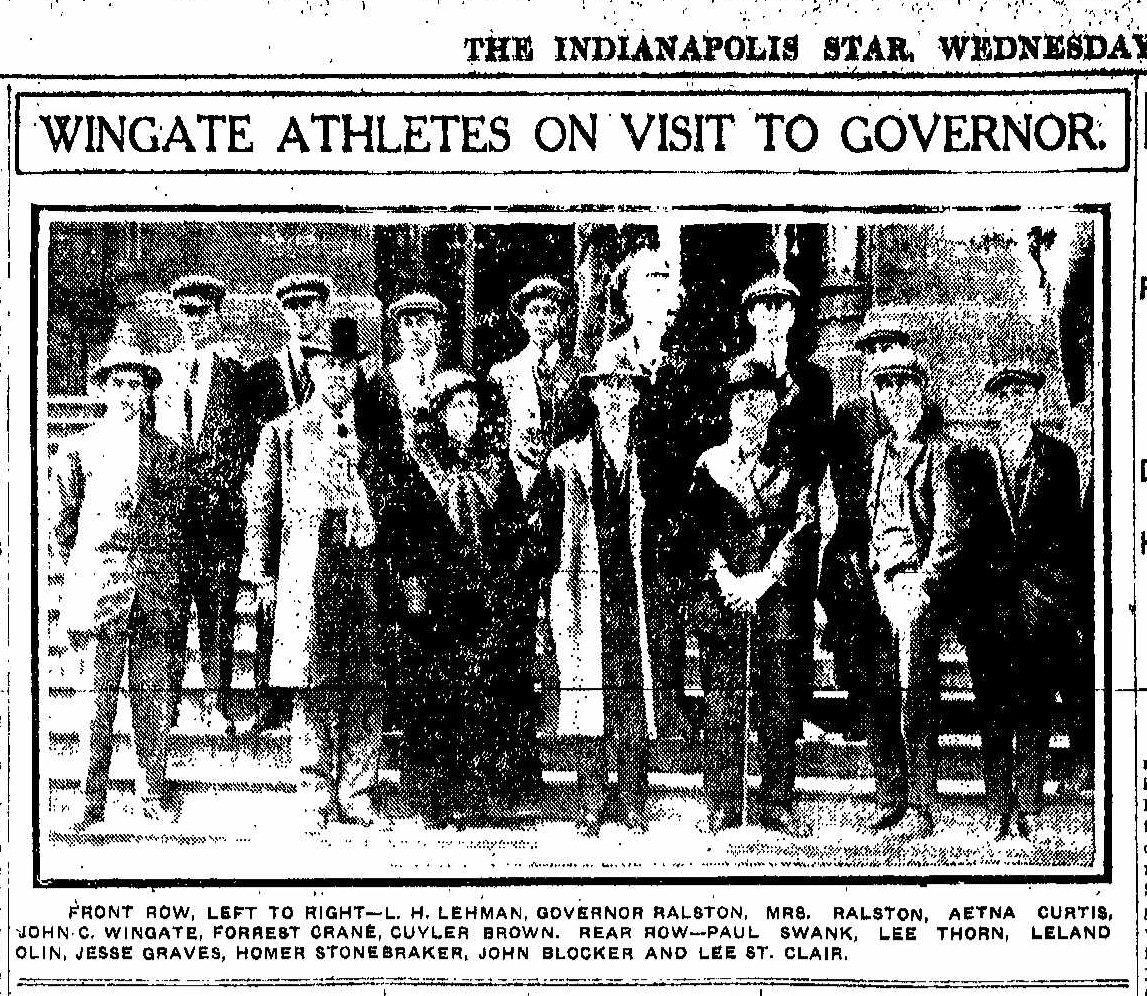
The Bloomington Evening World praised Wingate’s victory as “a tribute to the country and the small town. A corn-fed youngster who goes to bed with the chickens and gets up before day has an advantage over the ‘city-feller’ and his cigarette.” After the win, Governor Samuel M. Ralston invited the team to Indianapolis. They “got a bird’s-eye view of the city from the Soldiers’ and Sailors’ monument, they explored the federal building, they saw the sights of the state museum, they flocked through the big department stores, they wandered through the lobbies of the fashionable hotels and they ate lunch at the Columbia Club as honored guests.” They also met the governor and the first lady in the executive office at the capitol. The governor praised the team members, saying, “You boys have become champions and are able to display great endurance because you laid the foundation by leading the right sort of life.” He also extolled the rural life that the team members knew, “The farm forms the basis for a healthful and moral life, and the occupation of the farmer is indeed an ideal one.”
While Milan and Hoosiers have become the prevailing archetype for Hoosier Hysteria, it is important to remember that they were part of a long tradition dating back to the earliest years of the state tournament. If part of the transcendent appeal of Indiana high school basketball is the potential of the upset, then the origin of that story really begins forty-one years before Milan when a tiny school from a tiny town “Put the Win in Wingate.”
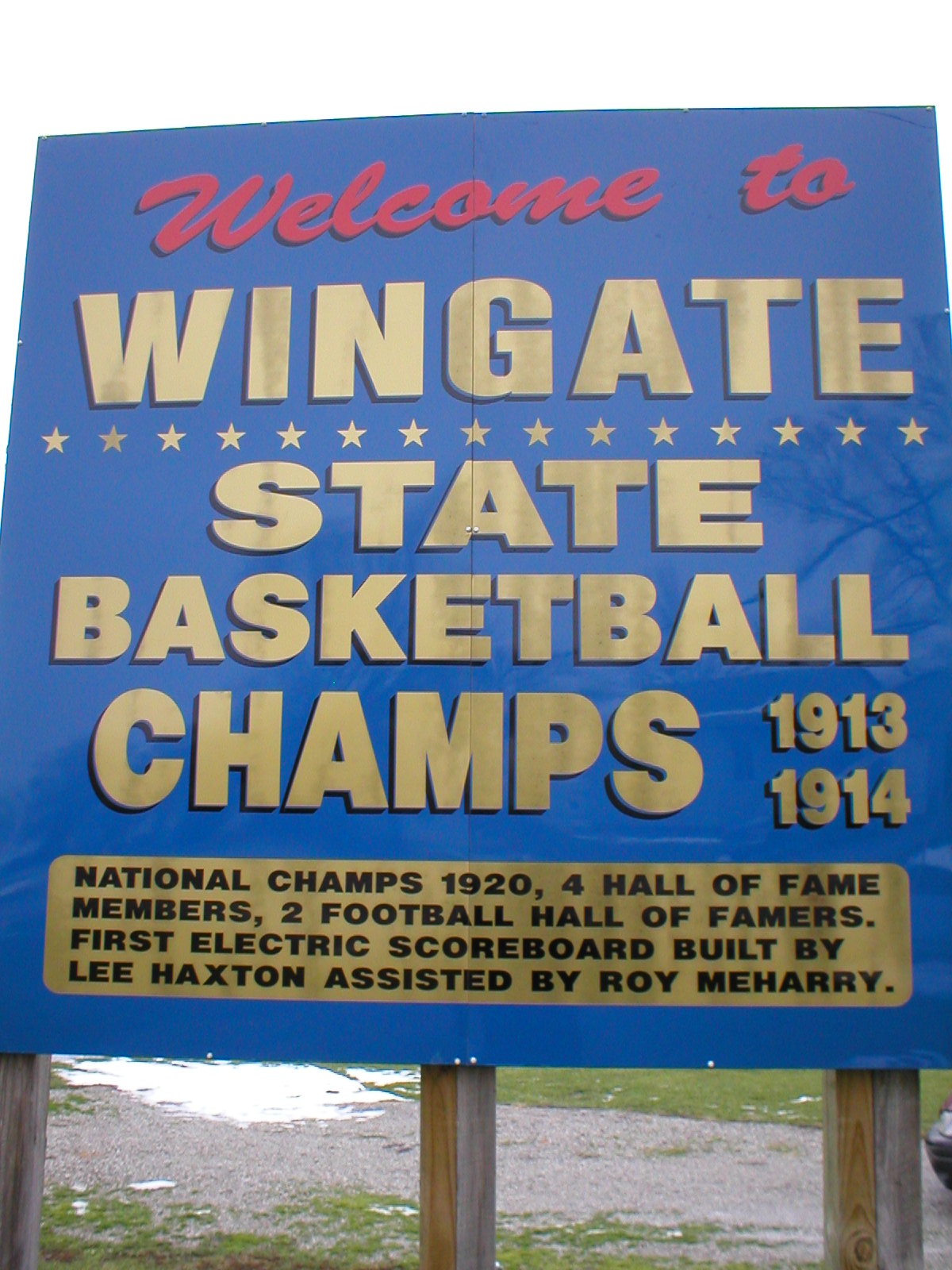

 EDITOR’S NOTE: While the Indiana Historical Bureau does not research folklore and cryptozoology, in the course of doing historical research in newspapers about other topics, we sometimes come across odd stories like we have collected here. We thought some people would find these strange accounts from historical records interesting.
EDITOR’S NOTE: While the Indiana Historical Bureau does not research folklore and cryptozoology, in the course of doing historical research in newspapers about other topics, we sometimes come across odd stories like we have collected here. We thought some people would find these strange accounts from historical records interesting.